Price: ₹19,999.00
Do Dham Yatra in Dev Bhoomi Uttarakhand, India
The Do Dham Yatra typically refers to a pilgrimage tour in the Indian state of Uttarakhand, where devotees visit two of the most revered Hindu temples, Kedarnath and Badrinath. Here’s an overview of the Do Dham Yatra to Kedarnath and Badrinath.

Kedarnath Temple:
- Located in the Garhwal Himalayan range, Kedarnath Temple is dedicated to Lord Shiva.
- It is one of the twelve Jyotirlingas and is believed to be built by the Pandavas.
- The temple is situated at an altitude of 3,583 meters (11,755 feet) above sea level, amidst stunning mountain landscapes.
- Devotees undertake a trek of approximately 16 kilometers from Gaurikund to reach the temple. However, there are also options for helicopter services for those who are unable to trek.
- The temple opens for a limited period each year due to extreme weather conditions in the region.
Badrinath Temple:
- Badrinath Temple is located in the Chamoli district of Uttarakhand, dedicated to Lord Vishnu.
- It is one of the Char Dham pilgrimage sites and is situated along the banks of the Alaknanda River.
- The temple is believed to have been established by Adi Shankaracharya in the 9th century AD.
- Badrinath Temple is situated at an altitude of 3,133 meters (10,279 feet) above sea level, surrounded by snow-capped peaks.
- Devotees can reach the temple by road from Joshimath, which is well-connected by road and is around 45 kilometers away.
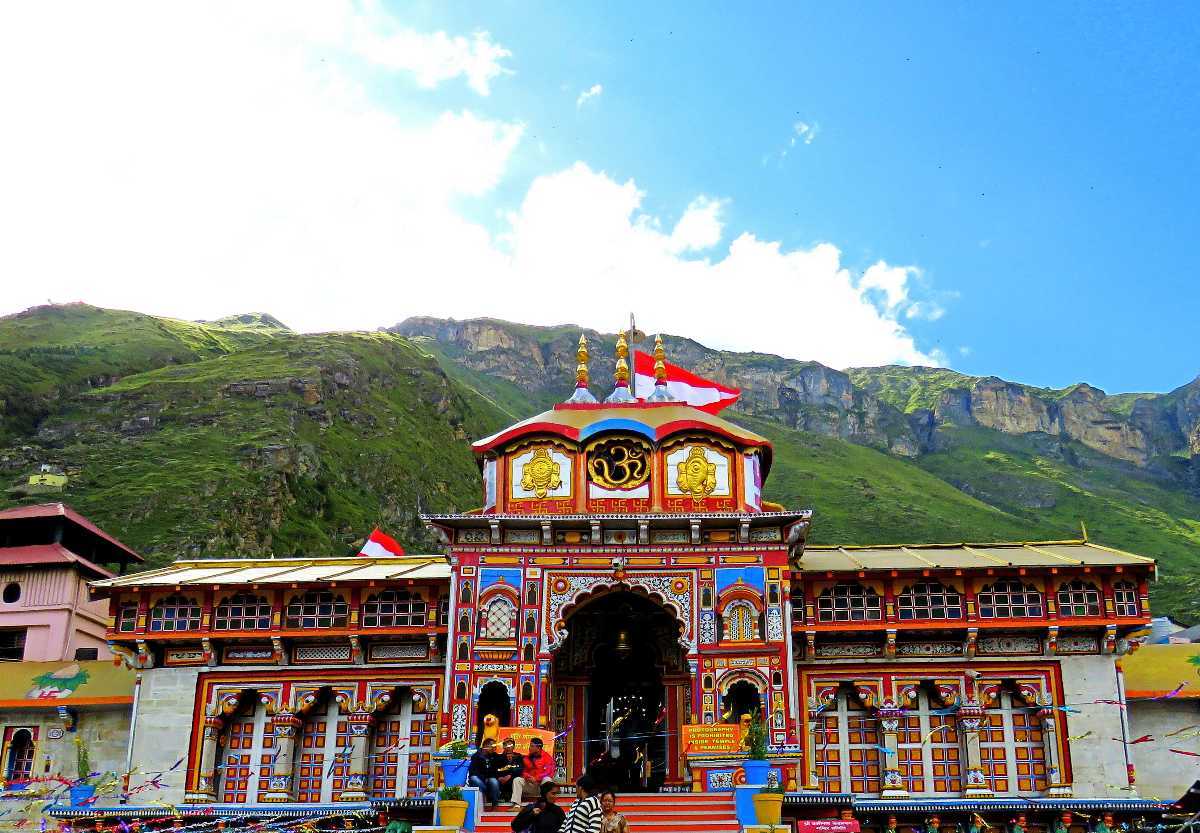
Overview of DO Dham Yatra:
- The Do Dham Yatra to Kedarnath and Badrinath is considered highly auspicious among Hindus, particularly for those seeking spiritual rejuvenation.
- It usually takes several days to complete the yatra, including travel time and darshan (worship) at both temples.
- The journey involves traveling through scenic mountainous terrain, offering breathtaking views of the Himalayas.
- Pilgrims often engage in rituals such as offering prayers, performing puja, and taking dips in the holy waters of rivers and hot springs along the way.
- Accommodation facilities are available in nearby towns and villages to accommodate pilgrims during their journey.
Overall, the Do Dham Yatra to Kedarnath and Badrinath offers devotees a profound spiritual experience amidst the natural beauty of the Himalayas.
The altitude and the level of the journey for the Do Dham Yatra to Kedarnath and Badrinath can vary depending on the route taken and the starting point of the pilgrimage. Here’s an overview:
Altitude:
- Kedarnath Temple: Situated at an altitude of approximately 3,583 meters (11,755 feet) above sea level.
- Badrinath Temple: Situated at an altitude of approximately 3,133 meters (10,279 feet) above sea level.
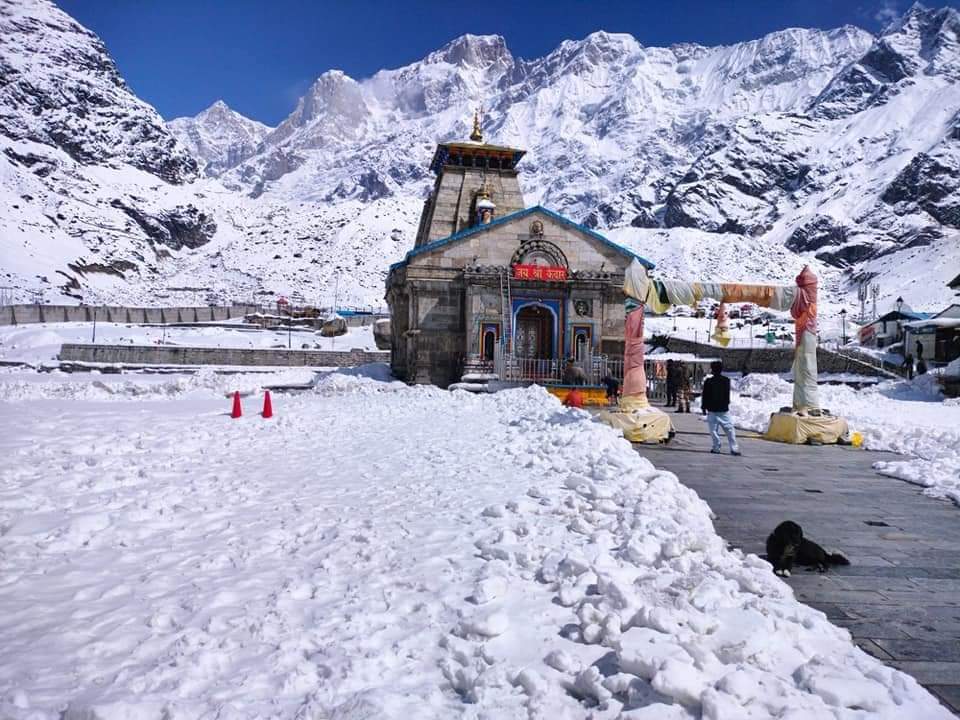
Do Dham Yatra Level
- The yatra level can be considered moderate to challenging due to the altitude and the terrain of the Himalayan region.
- The trek to Kedarnath Temple involves a moderate to strenuous trek of approximately 16 kilometers from Gaurikund, which is the base camp.
- The trekking path to Kedarnath includes steep inclines and rough terrain, which may be challenging for some pilgrims. However, there are options for hiring mules or palanquins for those who may find the trek difficult.
- Similarly, the journey to Badrinath Temple can also be challenging due to the altitude and the winding mountain roads. However, most of the journey to Badrinath can be done via road, making it accessible to a wider range of pilgrims.
- Both Kedarnath and Badrinath are situated in high-altitude regions, so it’s important for pilgrims to acclimatize themselves to prevent altitude sickness.
- Pilgrims are advised to undertake the journey with proper preparation, including appropriate clothing, footwear, and necessary medical supplies.

Short Itinerary of Do Dham Yatra (Kedarnath & Badrinath)
Day 01: Himalayan Hikers Team will pick up trekkers at Haridwar or Rishikesh morning 6:30 am and then they will be taken to Sonprayag Check in to respective hotels and rest for the night
Day 02: Next day after breakfast teams will be dispatching for Kedarnath temple trail via Gaurikund. Jungle Chatti, Bheembali, and Linchauli are some of the camps we pass during the trek.As the teams reach Kedarnath temple after covering a long distance of new trail, trekkers will be stopping to visit the temple and receive Lord Kedarnath’s blessings. Since teams will be staying overnight at camps, hikers will be getting a great opportunity to explore the surroundings. The tranquill grim of this place will leave trekkers yearning for more.
Day 03: After attending the morning ‘Aarti’ teams will prepare for their return. Trek from Kedarnath to Sonprayag on the same day.
Day 04 – Sonprayag to Rudraprayag via Pandukeshwar and Badrinath overnight stay badrinath Now Guptkashi to Pandukeshwar and have a bath in Kund. Then visit the abode of Lord Vishnu “Badrinath”You can see other spots like Vyas Gufa, Maana, Mata Murti, Charan Paduka, Bheem Kund, and Saraswati Rivers Mukah.
Day- 05 – Explore Badrinath Dham and mana the last village and viyas ghuffa and bhimpool then back to joshimath overnight stay joshimath
Day 06: Driver from Joshimath to Rishikesh/Haridwar and our service end here evening 6 pm
Best time for Do Dham Yatra (Kedarnath Badrinath)
The best time to visit Kedarnath and Badrinath for the yatra is typically during the following periods:
Summer Season (May to June):
- This is the most popular time for the yatra as the weather is relatively pleasant and the trekking routes are open.
- The temperatures during this time range from mild to moderately cold, making it comfortable for trekking and temple visits.
- However, this period also sees a high influx of pilgrims, so it’s advisable to plan and book accommodations in advance.
Autumn Season (September to October):
- Another ideal time for the yatra is during the autumn season when the weather is cool and the skies are clear.
- The temperatures are comfortable during the day, and the nights can be chilly.
- This period also sees fewer crowds compared to the summer months, allowing for a more peaceful pilgrimage experience.
Pilgrimage Season (Opening and Closing Months):
- The opening and closing months of the temples, generally in April/May and October/November respectively, are considered auspicious times for the yatra.
- During these times, special ceremonies and rituals are performed at the temples, attracting a large number of devotees.
- However, it’s essential to check the exact opening and closing dates of the temples each year as they may vary depending on weather conditions and other factors.
It’s important to note that the region experiences heavy snowfall and harsh weather conditions during the winter months (November to April), leading to the closure of the trekking routes and temples. Therefore, it’s not advisable to undertake the yatra during this time unless you’re well-prepared for extreme weather conditions and have arranged for helicopter services to reach the temples.
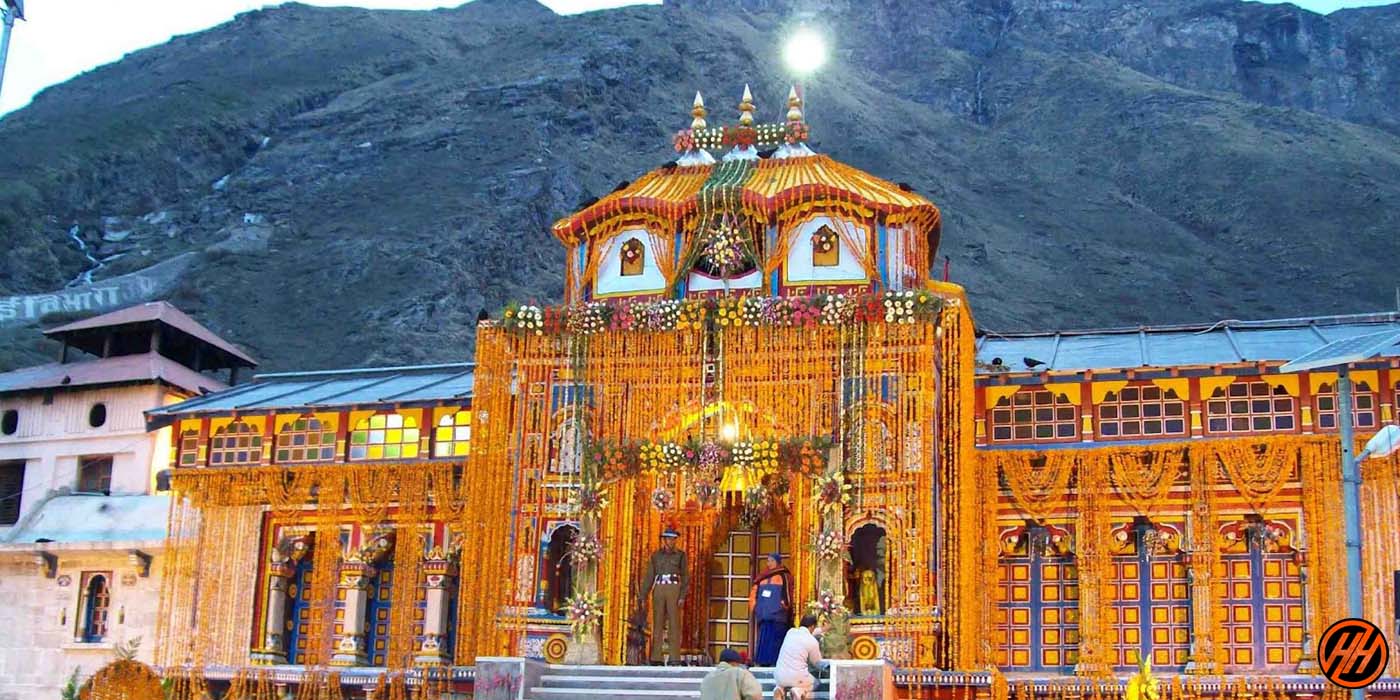
How to reach Haridwar or Rishikesh for Do Dham Yatra Kedarnath Badrinath ?
Haridwar and Rishikesh are two common starting points for the Do Dham Yatra to Kedarnath and Badrinath, both of which are well-connected by road, rail, and air. Here’s how you can reach Haridwar or Rishikesh:
By Air:
- The nearest airport to Haridwar is the Jolly Grant Airport in Dehradun, which is approximately 35 kilometers away. From the airport, you can hire a taxi or take a bus to reach Haridwar or Rishikesh.
- Alternatively, you can also fly to Delhi, which is well-connected to major cities in India and abroad. From Delhi, you can take a connecting flight to Dehradun or take a train or bus to Haridwar or Rishikesh.
By Train:
- Haridwar and Rishikesh are both well-connected by train to major cities in India. Haridwar Junction and Rishikesh Railway Station are the two main railway stations in the region.
- Several trains operate to Haridwar and Rishikesh from cities like Delhi, Mumbai, Kolkata, Chennai, and others.
- Once you reach Haridwar or Rishikesh by train, you can hire a taxi or take a bus to proceed further on your Do Dham Yatra.
By Road:
- Haridwar and Rishikesh are well-connected by road to major cities in North India.
- National Highway 58 connects Delhi to Haridwar via Meerut and Roorkee, while Rishikesh is just a few kilometers away from Haridwar.
- State-run buses, as well as private buses, operate regularly between Haridwar, Rishikesh, and other nearby towns and cities.
- You can also opt to drive to Haridwar or Rishikesh from nearby cities like Delhi, Dehradun, or Chandigarh.

Once you reach Haridwar or Rishikesh, you can make further arrangements for your Do Dham Yatra to Kedarnath and Badrinath. From these towns, you’ll find various tour operators offering packages for the pilgrimage, including transportation, accommodation, and other amenities. Additionally, you can also find shared taxis or buses that ply to Gaurikund (for Kedarnath) and Badrinath from Haridwar or Rishikesh.

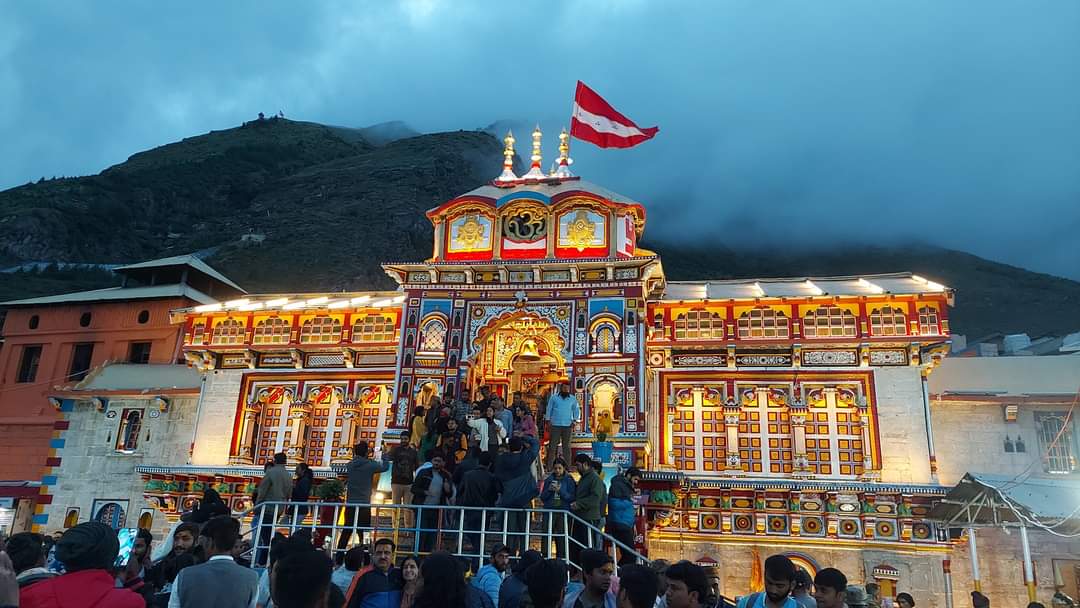
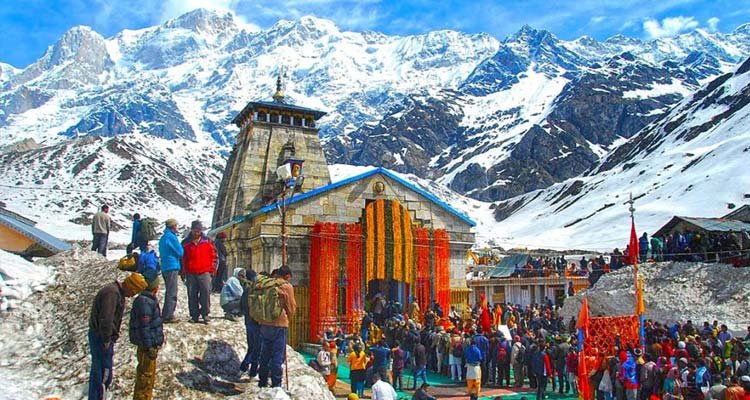
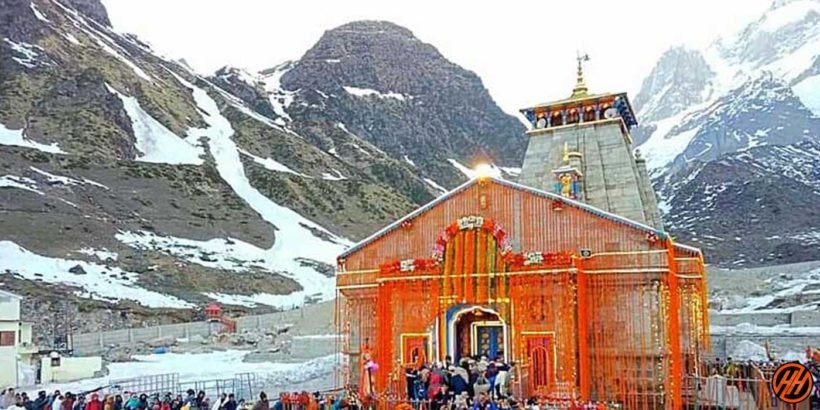
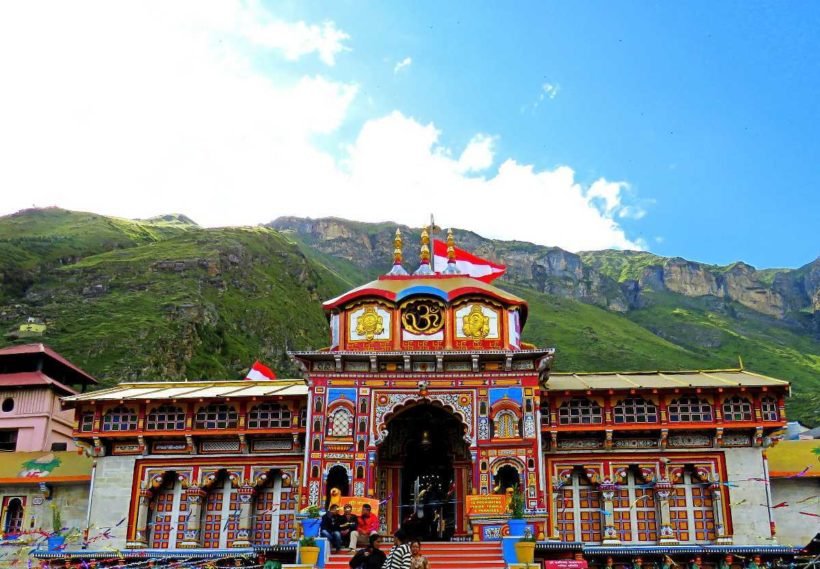
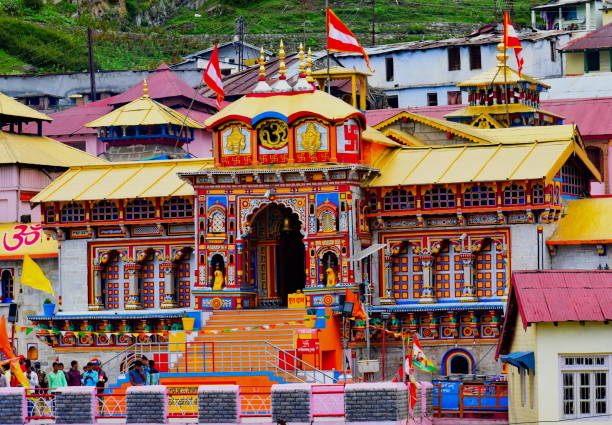

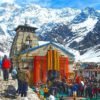
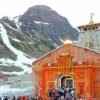
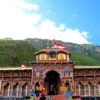
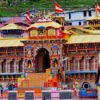

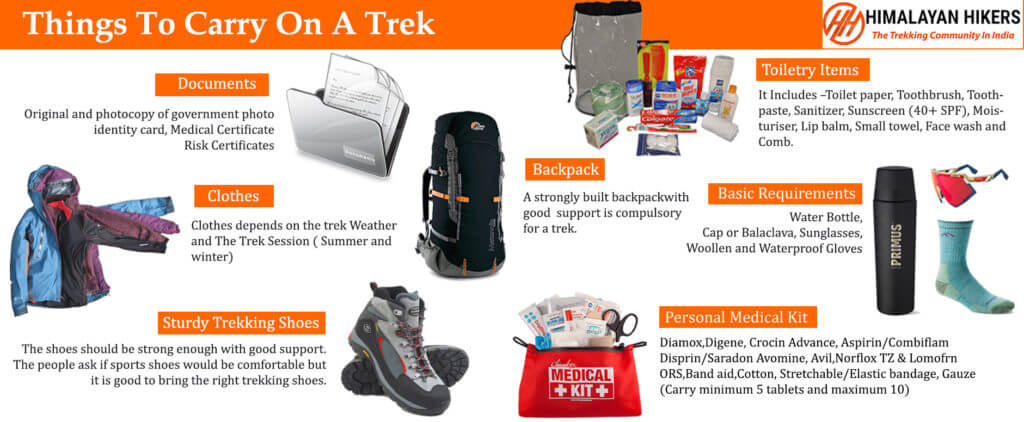

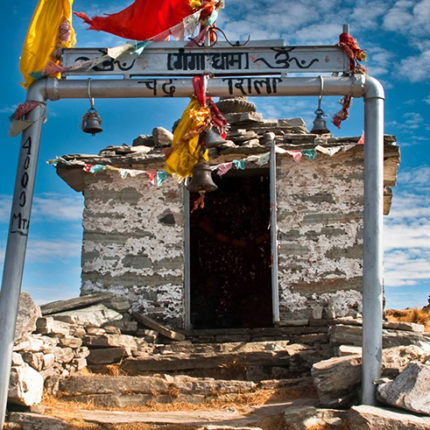
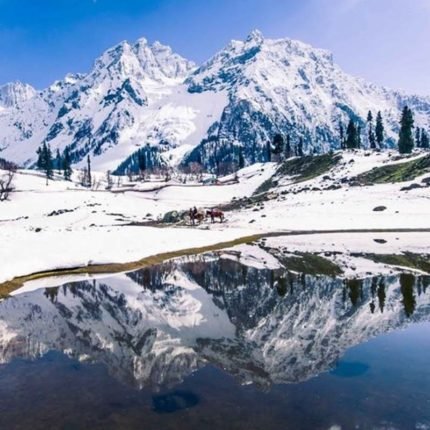
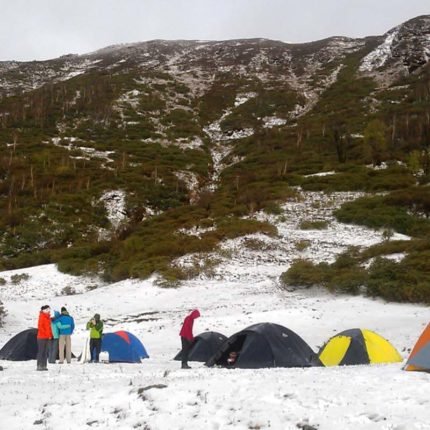
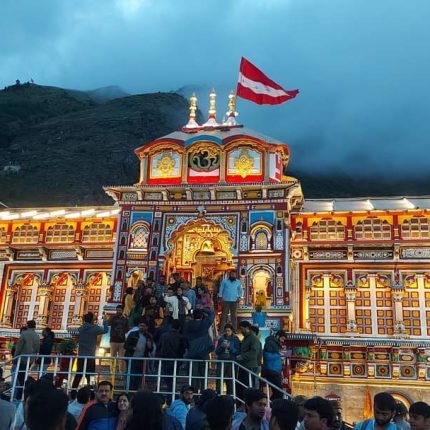
Shweta Humnabadkar –
This feedback is for Pravesh, our guide for the Do Dhaam Yatra conducted at the end of May 2024. Pravesh was incredibly supportive and helpful, assisting both the trekkers and my mother, who needed extra help. He efficiently arranged a mule for my mother on both sides of the journey. Pravesh was accompanied by Deepak, who was also very kind and helpful. He set clear expectations about the arrangements and the weather we would encounter.
Pravesh ensured that everyone, regardless of their pace, reached the top and had the opportunity for a smooth darshan. He made sure we visited all the places we had planned along the way, enriching our experience with valuable information about each temple and giving us ample time to explore the locations to our hearts’ content. Thanks to his efforts, all the darshans went smoothly without any hiccups.
Moreover, food stops had no delays, making the trip even more enjoyable. Overall, it was a memorable trip, and we had a fantastic time.
I would highly recommend Pravesh as a guide and Himalayan Hikers for your treks and yatras. They were really receptive to all our needs and tried their best to make arrangements to suit our needs.